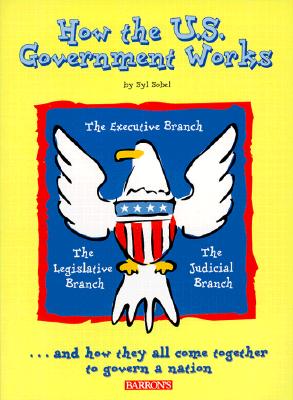Types of Assessments:
- Diagnostic Test- A diagnosis of what the student already knows about a specific topic. A pre-assessment.
- Formative Test- On-going assessment. Checking the students for understanding constantly. Are the students following your lesson?
- Summative Test- A summary of what has been learned throughout the unit. Using rubrics to grade essays, having students create a portfolio of their work, a unit test, a project, etc.
What can be assessed about students?
- Readiness - Skills, content knowledge, concepts.
- Interest- Interest surveys, interest centers, self-selection.
- Learning Profile - Students areas of strengths & weaknesses, work preferences and self awareness.
Here is an example of an assessment I made:
